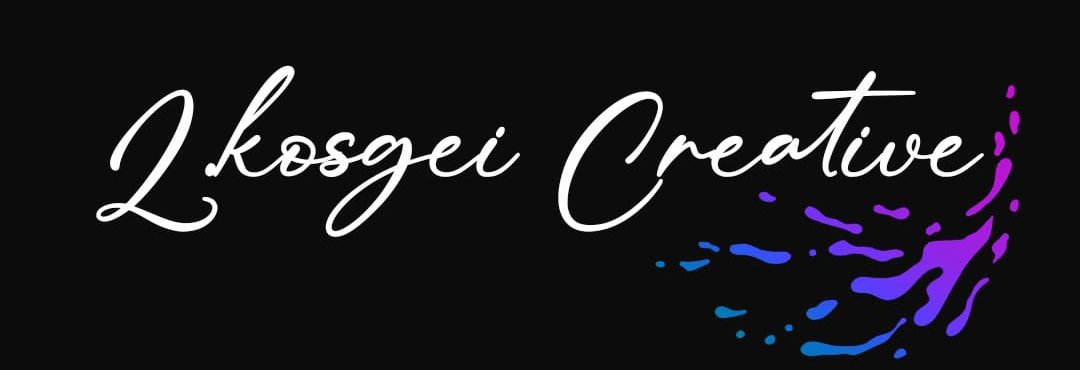Have you ever walked into a room and felt a certain way without really knowing why? Like, a bright yellow room might make you feel energized, while a dark blue one might feel more chill? That’s the power of color psychology! And artists, especially those working with oil paints, use this stuff all the time to mess with your emotions (in a good way!).
Color Theory 101: The Artist’s Toolbox
Before we dive into the feels, let’s talk color theory. It’s basically the science and art of how colors work together. There’s the color wheel, which shows how colors are related:
- Primary colors: Red, yellow, and blue. You can’t mix these to get other colors.
- Secondary colors: Orange, green, and violet. Mix two primary colors, and bam, you’ve got a secondary color.
- Tertiary colors: These are the colors you get when you mix a primary and a secondary color, like red-orange or blue-green.
Then, there are terms like hue (the actual color), saturation (how intense the color is), and value (how light or dark the color is). Artists play with all of these to create different effects.
Color and Emotion: What’s the Vibe?
Okay, now for the fun part: how colors make us feel. It’s not an exact science, and everyone experiences color a bit differently, but here are some general vibes:
- Red: Passion, energy, excitement, but also anger or danger. Think of a bright red sports car or a stop sign.
- Blue: Calmness, peace, trust, but also sadness (hence “feeling blue”). Think of a clear sky or a deep ocean.
- Yellow: Happiness, optimism, energy, but sometimes also anxiety. Think of sunshine or a smiley face.
- Green: Nature, growth, harmony, but also sometimes envy (“green with envy”). Think of a forest or a field of grass.
- Purple: Royalty, luxury, mystery, but also sometimes sadness or frustration. Think of a king’s robe or a dark, stormy sky.
- Orange: Warmth, enthusiasm, creativity, but it can sometimes be overwhelming. Think of a sunset or a bright autumn leaf.
- Black: Mystery, power, elegance, but also sadness, or evil. Think of a dark night or a shadow.
- White: Purity, innocence, peace, but also emptiness. Think of fresh snow or a wedding dress.
Oil Painting: Painting with Emotion
Artists use oil paints to layer colors, blend them smoothly, and create rich textures that enhance these emotional effects. Here are some examples:
- Landscapes: A landscape with bright yellows and oranges might evoke a feeling of joy and warmth, while a landscape with dark blues and greens might feel more mysterious or melancholic.
- Portraits: A portrait with soft, warm colors might convey tenderness and intimacy, while a portrait with harsh, contrasting colors might feel more dramatic or unsettling.
- Abstract art: Abstract artists use color in a more expressive way, focusing on the pure emotional impact of the colors themselves, rather than representing something specific.
So, the next time you’re looking at an oil painting, don’t just see the colors – feel them! Think about how the artist is using color to create a mood, tell a story, or just make you feel something. It’s a pretty powerful way to communicate, and it’s what makes art so amazing.
